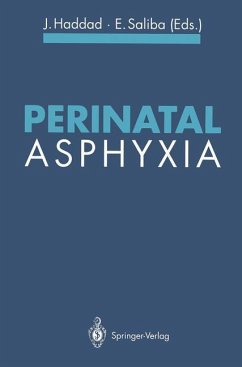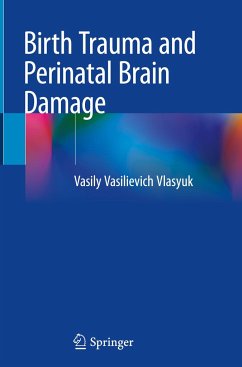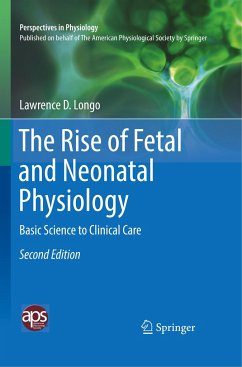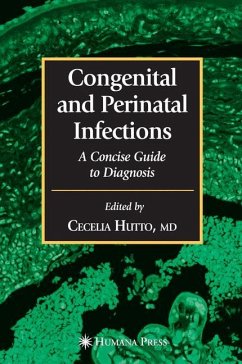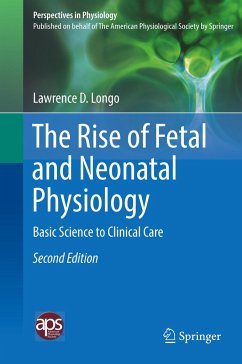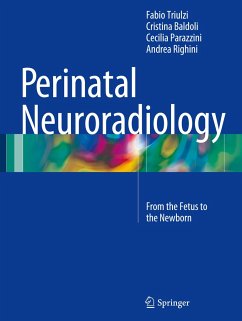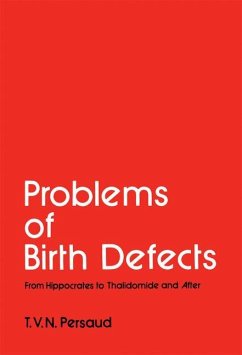
Perinatal Events and Brain Damage in Surviving Children
Based on Papers Presented at an International Conference Held in Heidelberg in 1986
Herausgegeben von Kubli, Fred; Patel, Naren; Schmidt, W.; Linderkamp, O.
Versandkostenfrei!
Versandfertig in 6-10 Tagen
76,99 €
inkl. MwSt.

PAYBACK Punkte
38 °P sammeln!
Decision making in modem obstetrics and perinatology is con trolled by a variety of different factors, but there is little doubt that in industrialized countries one of the most powerful single factors is the concern and fear of causing permanent brain damage in the unborn and newborn. The dramatic increase in the rates of abdom inal deliveries in many parts of the world is certainly rooted to a substantial part in the ~bstetrician's concern not so much about possible perinatal death, but more so about permanent brain dam age in surviving children. This trend has been accelerated by the increa...
Decision making in modem obstetrics and perinatology is con trolled by a variety of different factors, but there is little doubt that in industrialized countries one of the most powerful single factors is the concern and fear of causing permanent brain damage in the unborn and newborn. The dramatic increase in the rates of abdom inal deliveries in many parts of the world is certainly rooted to a substantial part in the ~bstetrician's concern not so much about possible perinatal death, but more so about permanent brain dam age in surviving children. This trend has been accelerated by the increasing number of litigations in connection with brain damage observed in many societies. This problem itself has many aspects, but it seems evident that litigation - justified or unjustified - is one modem expression of the human and social tragedy inflicted on individuals and families by the birth of a brain-damaged child. The medical, social, and human importance of the problem is in sharp contrast to the relative lack of scientific knowledge avail able. This became very clear when the National Institutes of Health published the excellent review in 1985 on "Prenatal and Perinatal Factors Associated with Brain Disorders" and its editor, J. M.





